The best influence assistance for your business
INFLUENCE BUSINESS AUDIT✓ Completely in-line with Dr Cialdini’s approach, as praised by Richard Branson,
Tony Robbins & Warren Buffett
✓ Benefit from strategies used by Google, Allianz, Apple, Bose and others
✓ Receive advanced insights from your Cialdini Certified Professional that are not in the books
ARE WE A GOOD FIT?
Schedule a FREE strategy call with us
to discuss your situation and how we might best assist you
INFLUENCE BUSINESS AUDIT
BUSINESSES GREAT AND SMALL FAIL TO USE BEHAVIOURAL SCIENCE TO THEIR ADVANTAGE
Without using the available science it is predicable that business efforts would return results inferior to what should be achieved. Making a profit whilst you are losing so much achieveable success is getting harder in a more competitive world where communication and competition is fears.
When your competition starts using the science of human decision-making before you do, the playing field, of course, changes dramatically.
Your three (preferably preemptive) actions are straightforward:
- Get assistance from a Cialdini Certified Professional to investigate your organisation’s more serious and puzzling influence challenges (The Business Influence Audit).
- Organise formal training of your team in influence to build persuasion effectiveness throughout your ranks. Starting with those in sales, advertising and leadership roles (Starting with a keynote, workshop or directly to the Cialdini Certified Practitioner Course for your team members.)
- Through our ‘Influence Thinking Partner‘ service, you can retain ongoing access to and perspective from your Cialdini Certified Professional.
Let us show you how to bypass the barriers to hearing YES
Let's see if we are a good fit
GET THE BEHAVIOURAL SCIENCE TWEAKS
INFLUENCE BUSINESS AUDIT
The Influence Business Audit involves your Cialdini Certified Professional coming into your business. You’ll be able to explain the main influence challenge you are facing and want input on. The consultant can then spend several hours observing your business practices to get a thorough understanding of the processes you have.
The ‘observing’ could be done from within the business, being alongside your team members and seeing how they aim to persuade and achieve their goals. Observing from outside the business (using video calls with key staff members) is sometimes also possible.
Typically, the briefing and observing time within the business would be up to 4 hours. The Cialdini Certified Professional may be able to suggest some changes to your approach whilst on-site but will more likely take the observations with them and return to you with well-considered, suggested changes. These recommendations can then be tested against the old approach.
Recommendation by Dr Cialdini
"I wanted to introduce you to Patrick van der Burght.
Patrick is one of my Cialdini Certified Professionals.
He completed all the necessary course requirements to help you and your team understand and apply the scientifically proven principles of influence."


Dr. Robert Cialdini
Video December 2023
USING DR CIALDINI'S PRINCIPLES
Trusted By Leading Enterprises Around The World

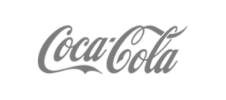


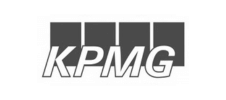
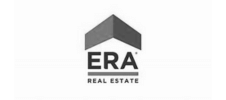

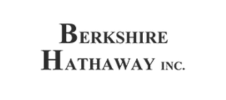


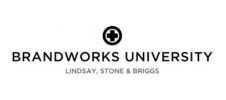
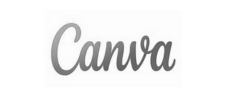
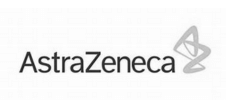
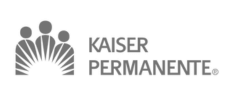
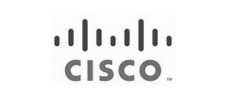
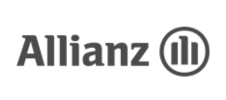
Read many testimonials
Corporate influence results examples
How many of these type of opportunities are wasted in your organisation on a daily basis?

Open the additional influence results exampls by clicking the icon on the right of the titles
When was the last time you realised you were only making a sixth of the sales you could have made?
Her is an example of the power of the right influence approach:
A company that had been selling train car loads of Australian beef to international purchasers participated in an influence experiment directly based on Dr Cialdini's teachings.
The normal sales appeal was 'We have certain alotment of beef. It is of 'such and such' quality. How many train loads of beef would you like?' - Under this appraoch typically 10 train car loads were purchased.
When (and this was true), their standard appeal was preceded by 'Due to certain weather conditions in Australia there is likely to be a sortage of Australian beef in the near future.' followed by the standard appeal. - Under these instructions 24 car loads were ordered.
But... you would have guessed something like this would happen. We have an intuitive feel for what 'scarcity' does to us and other people. What you might not have expected was what happened to the third group...
The third section of cliets were told 'Due to certain weather conditions in Australia there is likely to be a sortage of Australian beef in the near future.' and they then (truthfully) added: 'and we should tell you that this information has come to us from our exclusive sources at the Australian National Weather service... no one else has this information.'
Now, not only the beef was scares but also the information that the beef was scares, was scares. Under these instructions, on average 61 car loads were purchased.
The company realised immidiately that these sort of situations had existed multiple times in the past, but they had never be able to capitalise on an ethical approach that could have increased their sales SIX FOLD. They lost this benefit every time in the past.
What hidden gems exist in the way you do business that we could uncover? Even if your staff read Dr Cialdini's book, can you afford to rely on their own abilities to identify opportunities like this consistently? Or should you formalise some training to create a well-trained influence culture in your team?
Change in the order of product presentations and the 520% sales increase on the top-of-the-line model
A company selling spa baths needed some assistance with its sales. The staff were used to showing potential buyers the cheapest spa bath first, explaining the features and the price, before moving on to the spa bath one step more costly. They would do the same at each spa bath as they went up the line and ended up showing the top-of-the-line spa (which came with a gazebo over the top of it and other fancy features).
When it came to the features or benefits that one particular model had more than the cheaper model discussed previously, they would explain how the buyer would enjoy these additional features like jets, lights, seats, built-in hi-fi equipment and so on.
The first change they made was to start presenting the spa bath from the top down instead. They showed the top-of-the-line spa bath with the gazebo enclosure included, the most water jets, and luxurious options. After this, the lesser models were shown. Instead of presenting the added features of a more costly model, they now highlighted what the client would be missing out on, in terms of features, if they purchased this lower-priced model.
By making this change, the average sale went up significantly. Buyers often placed themselves in the middle of the range instead of the lower end.
However, sales of the top-of-the-line model with the gazebo had mostly stayed the same. Salespeople commented to the consultant that people who bought this top-of-the-line model were always delighted. Because of the gazebo, many treated it as if they had added another room to their house.
The consultant then proposed that they could compare this top-of-the-line model to the cost of adding a room to your house. Adding a room to a house is a costly undertaking and likely would set back anyone at least tens of thousands of dollars.
By comparing the top-of-the-line model to adding a room to a house, sales of that model went up by about 400%!
What hidden but truthful comparisons could you make when presenting your proposal?
More or less people to promote an early lunch in the food court?
Researchers found something interesting when displaying posts near a shopping mall food court to remind and prompt people to consider having an early lunch.
One poster tested had a photo of one person having an early lunch and another poster had a photo of several people enjoying an early lunch.
The poster featuring a single person was remarkably successful. Its presence led to a 25% surge in lunch purchases before noon, much to the satisfaction of food court operators. This approach had effectively spread out their busy period.
The second poster showed multiple people and performed even better. 75% more lunches had been purchased before noon.
Would you have thought such a simple change would make such a significant difference? Are you sure you are optimally using the psychological trigger that underpins this reaction in your communications?
How McDonalds increased its McFlurry desert sales
Many McDonalds restaurants offer a McFlurry desert. In one set of McDonald's restaurants, visitors were asked if they wanted a dessert and told that the McFlurry was the favourite amongst restaurant visitors.
McFlurry sales jumped 55%
Then, when someone did indeed order a McFlurry, they were told that X McFlurry topping was the favourite topping at this restaurant. Customer purchases of topping increased by an additional 48%
Of course, there is a perfectly logical psychological trigger behind this approach, but do you know it? Even if you do know it, are you consistently successfully using it and the other principles in your business?
Realise this was a profitable change for no added expense and how many sales had been wasted by not knowing/using the science in all the years leading up to this change!
Can you afford not to have all of your team well-trained and capable in skill so they identify opportunities like this consistently?
These examples is certainly not alone but clearly serve as an example of past events only. No promises can be made about what level of provements that may be achieved
STOP DOING WITHOUT BEHAVIOURAL SCIENCE
What influence business processes could be looked at to be improve?
Persuasion is a skill that plays an important role in many processes within an organisation. It is not just sales people and advertising where persuasion plays an important role. Building an Ethical Influence Culture throughout your team will bare fruit by reaching more goals in any department, including
Retail Sales
Wholesale Sales
Hiring / HR
Employee Onboarding
Loyalty programs
Communication Specialists
Advertising
Online Marketing
Leadership
Negotiations
Speaking / Interviews
Customer Service Interactions
Staff motivation
Accounts receivable
Social Media Engagement
MAKING THE SCIENCE WORK FOR YOU
Your Cialdini Certified Professional
and the Cialdini Institute at your side
The fact is that without the ethical power of influence truly brought to the surface in an organisation’s persuasive efforts; you are missing out on results.
Implementing influence strategies is often costless and the training of team members or conducting an Influence Business Audit is often easily earned back.
The question is not if you need this
or if this is a good investment.
The question should be
‘how long can you afford to do without this?’
Please use the form below to contact us. Let us know where you are and briefly, if you have an idea in which areas you’d like some persuasive input. We can then contact you with location-specific costings or arrange a call.
Alternatively, book a strategy call and let’s have a chat.
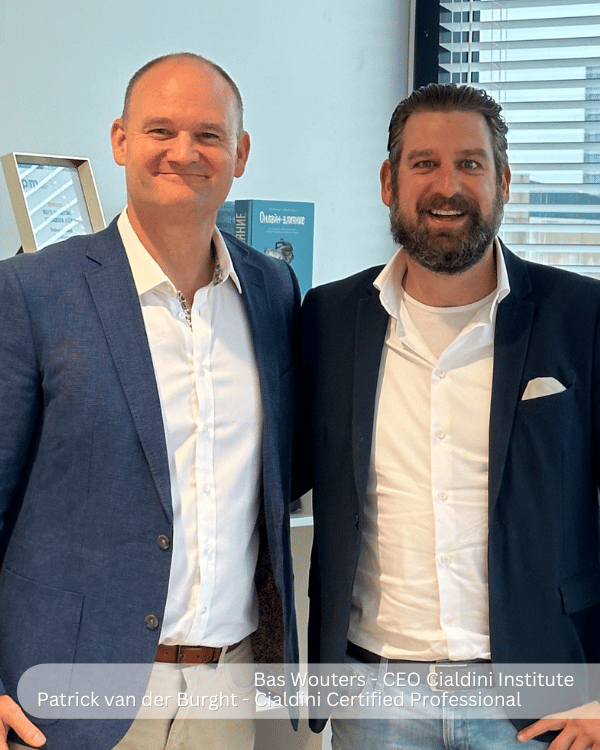
Business Consulting Services
Get a Professional Perspective on your Influence Challenges
Instead of starting a learning journey, or perhaps in addition, get prompt implementation strategies on your challenge's from a Cialdini Licensed Trainer.
INFLUENCE BUSINESS AUDIT
What would we change if we were you- ✓ Up to 4 hours of company observation
- ✓ Focusses on company areas you want looked at
- ✓ Receive as many Influence improvement suggestions as we identify
INFLUENCE THINKING PARTNER
Your Cialdini Licensed Trainer on Retainer- ✓ Keep us on retainer
- ✓ Submit to us up to 3 influence challenges every month for our analysis and suggestions












